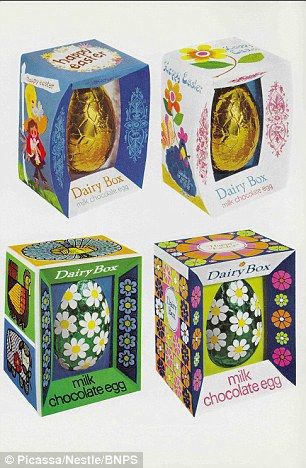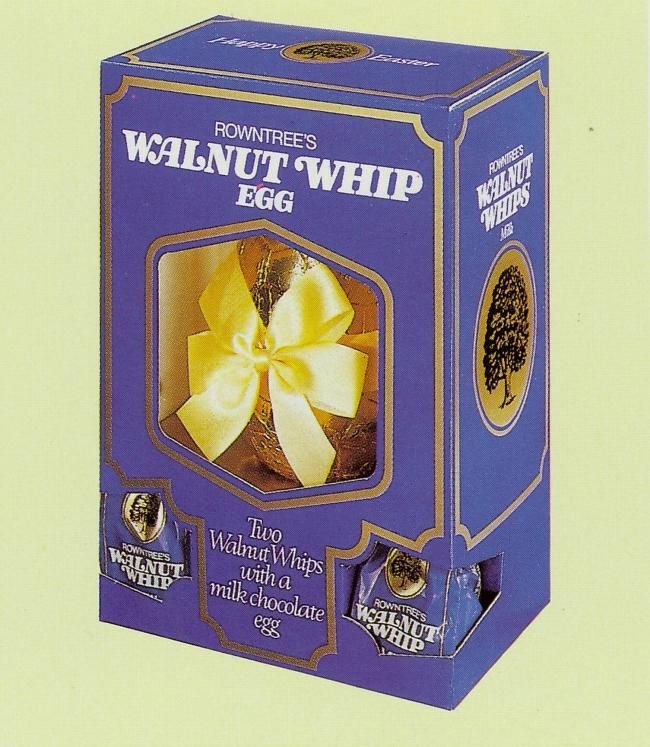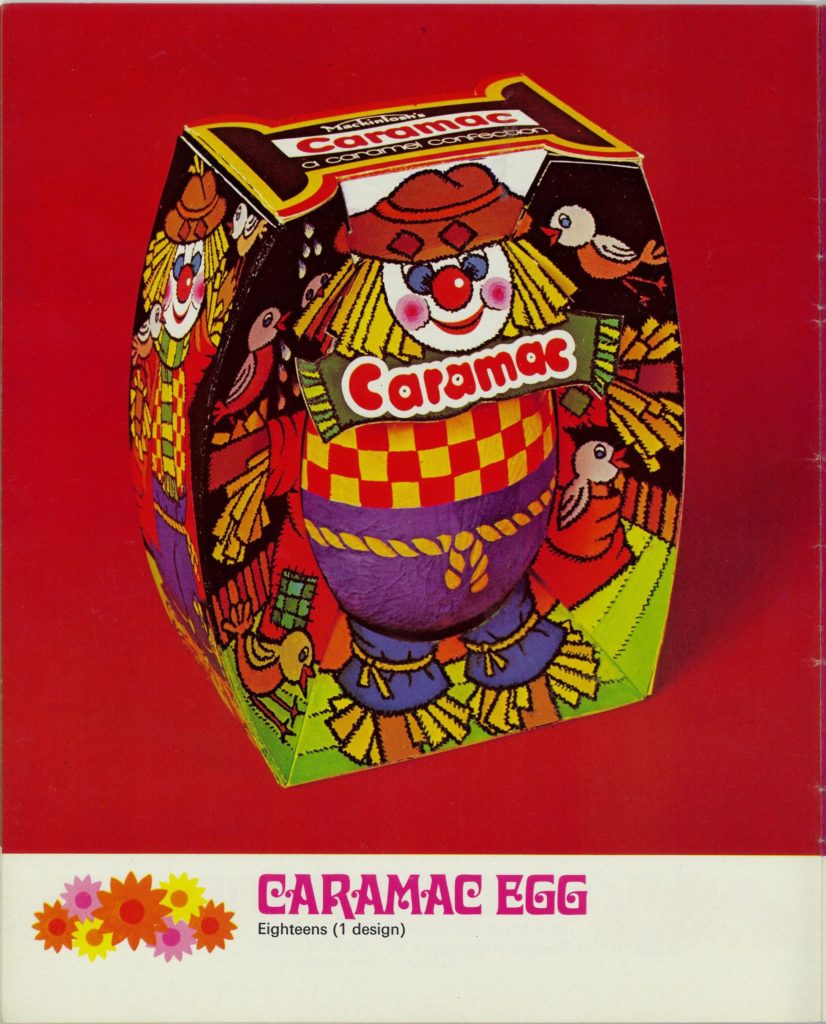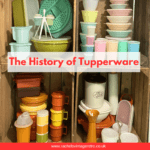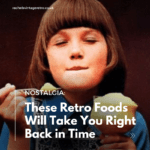Its that time of year again, when we all celebrate Easter by tucking into a chocolate egg, often bought for us by a family member or friend. But how did the tradition of this come about, what’s it got to do with Easter? For this blog post I thought I would try and find out the History of the Chocolate Easter Egg and it turns out to be quite an interesting one!
Who doesn’t remember the excitement of receiving an egg with your favourite chocolate bars or sweets inside (and yes they were inside the egg at one point)! Well it wasn’t always like this, in fact the tradition of decorating eggs goes back some 60,000 years when ostrich eggs were engraved in Africa. The Ancient Egyptians also associated them with rebirth, and these traditions would have influenced early Christian and Islamic cultures. Therefore eggs have always been a symbol of new life and fertility, something which all Spring festivals tend to celebrate. For example, Pagans have the festival Ostara at the Spring Equinox on the 20th March when the days and nights have equal length (the only other time being on the 20th August for the Autumn Equinox, Mabon). It is a celebration of new beginnings, as the nature starts to gather pace again, with new shoots coming from the ground and animals getting ready to produce their young. When Christians came to Europe they needed to appeal to people still worshiping the old religions, so began to use symbols associated with them in their own rituals. The egg became to be a representation of Jesus’ resurrection (ie the cracking open of the egg representing the opening of his tomb), which is what Easter means to Christians. It is also a celebration of the end of Lent. Traditionally eggs were not allowed to be eaten during this time, and Shrove Tuesday came about, when all dairy products had to be used up before the period of abstinence started.
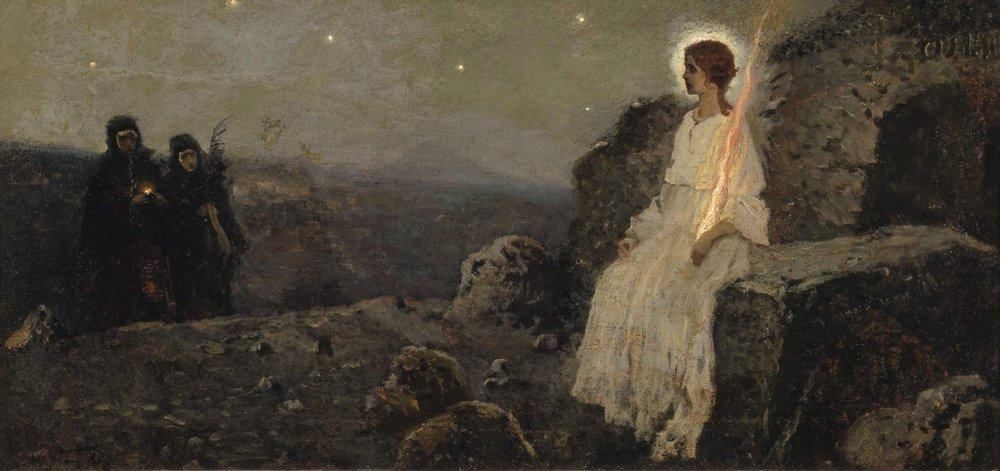
Decorated eggs then, seem to be part of an ancient tradition which is still used in many cultures today. Hard boiled hen or duck eggs were the earliest in form and were dyed, then decorated with brightly coloured patterns, using natural materials such as onion and charcoal, before being hung up in trees or in the home. During the 17th and 18th century, egg shaped toys began to be manufactured and given to children at Easter. Of course Carl Faberge made the ultimate in luxury decorated eggs using his exquisite jewellery making skills to give to the the Russian Czar.
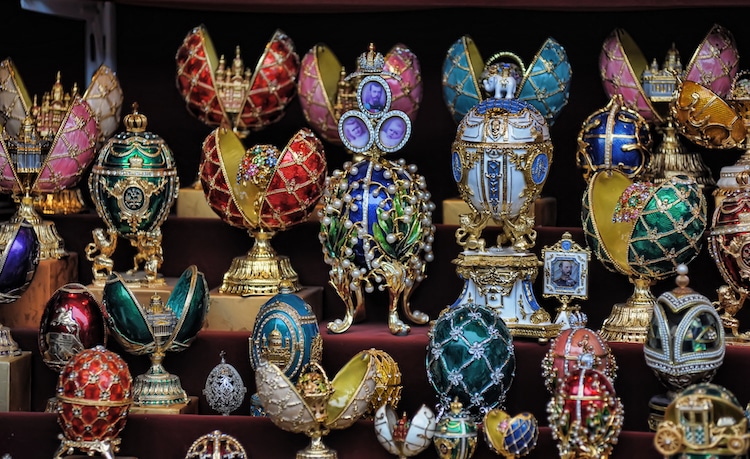
With the rise of the availability of chocolate in the 19th century, the chocolate egg as we know it today began to take shape. In 1873 the first chocolate Easter eggs were made in Great Britain by J. S. Fry & Sons. However they were probably quite hard and bitter, as at this time pure cocoa was hard to manipulate. In 1893 Cadbury introduced the first modern chocolate Easter egg after developing a pure cocoa butter that could be poured more easily into moulds of any shape. The earliest Cadbury eggs were made from dark chocolate, decorated with marzipan and filled with sugared almonds. By the turn of the 20th century they had 19 different varieties of egg for consumers to choose from. In 1905, milk chocolate was invented by Cadbury also, which greatly increased sales as the milder taste made Easter eggs much more popular.
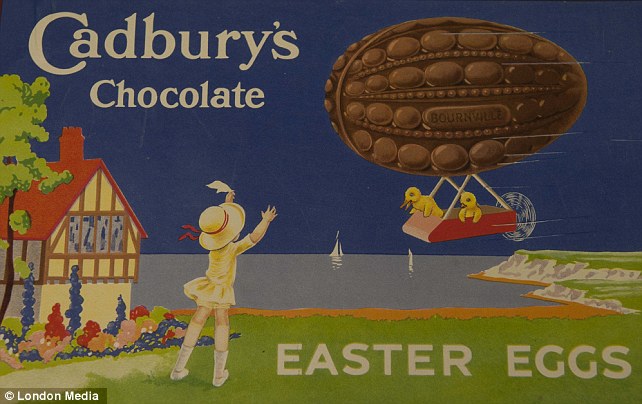
Nowadays there are literally hundreds of varieties of Easter eggs to choose from, catering for every taste! However, as this is a vintage blog, I thought I would end with a gallery of vintage chocolate Easter eggs brands for you to reminisce on.
Happy Easter! 🐣
What was your favourite? Do tell me in the comments below!
This post is written by Rachel Toy, owner of Rachel’s Vintage & Retro. I am a vintage enthusiast writing about a Vintage Lifestyle, focusing on the Vintage Home. I also sell a wide variety of vintage household items from kitchenalia, to homewares such as linens, mid century glass, brewerania, furniture and collectable toys on my Etsy Shop.



